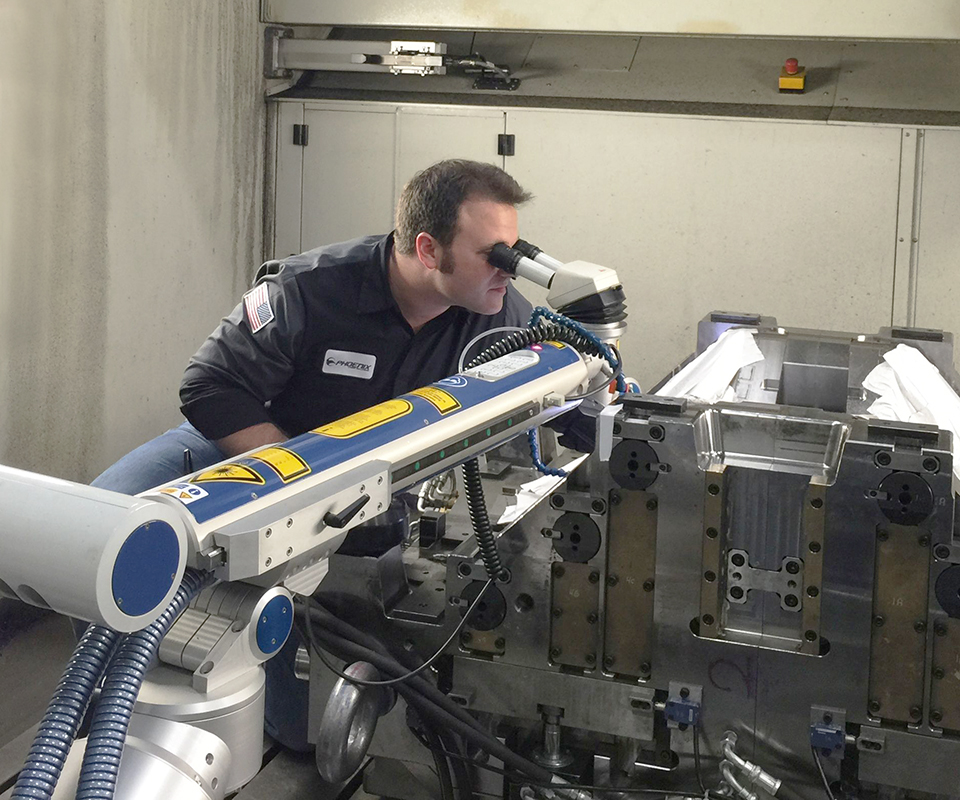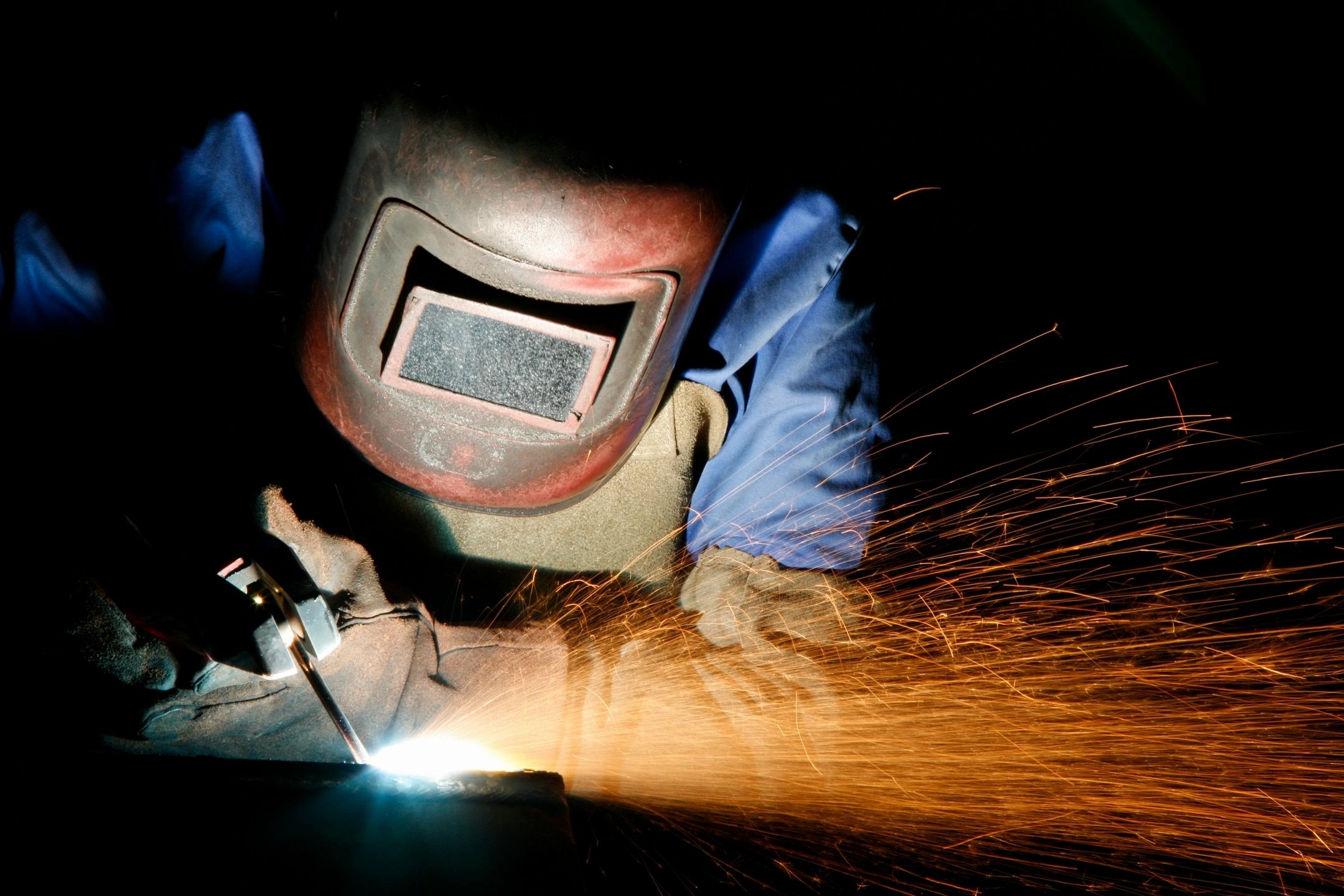How experts at Montana Mobile Welding and Repair Belgrade prevent porosity and distortion in welding
Typical Welding Repair Issues and How to Address Them Successfully
Welding repair work usually run into a variety of concerns that can threaten the honesty of the end product. Common troubles consist of poor infiltration, porosity, and imbalance, to name a few. Each problem provides unique challenges that require particular strategies for resolution. Recognizing these issues is necessary for welders intending to improve their skills and results. This discussion will certainly check out these typical welding repair work problems and efficient techniques to resolve them.
Insufficient Penetration
Inadequate infiltration occurs when the weld metal falls short to totally fuse with the base product, resulting in weak joints and prospective architectural failings. This issue typically stems from inadequate heat input, incorrect electrode angle, or incorrect welding rate. Welders may encounter insufficient penetration as a result of a mistake of the essential parameters for a details product thickness or type. In addition, contamination on the base product's surface can prevent efficient bonding, exacerbating the problem. To address insufficient penetration, welders must guarantee appropriate setups on their tools and maintain a clean work surface. Routine evaluation of welds is recommended to determine any shortages early, enabling for prompt corrections and the prevention of jeopardized structural integrity in bonded settings up.
Porosity
Porosity is a common problem in welded joints that manifests as tiny gas bubbles entraped within the weld steel. This issue can jeopardize the integrity of the weld, bring about decreased stamina and potential failure under stress. Montana Mobile Welding and Repair Belgrade Welding. Porosity typically arises from contamination, moisture, or inappropriate welding techniques, which enable gases to escape right into the molten weld swimming pool. To address porosity, welders ought to guarantee appropriate surface area prep work, keep a tidy workplace, and utilize appropriate welding parameters. In addition, picking the best filler material and protecting gas can reduce gas entrapment. Normal examination and screening of welds can aid identify porosity early, guaranteeing timely corrective actions are taken, thus maintaining the high quality and integrity of the bonded structure
Misalignment
Misalignment in welding can develop from numerous elements, consisting of improper configuration and thermal development. Comprehending the origin is necessary for efficient resolution. A number of correction techniques are available to realign parts and guarantee architectural integrity.
Reasons of Misalignment
Welding misalignment usually originates from a range of underlying problems that can compromise structural integrity. One key cause is improper fit-up of components prior to welding, which can bring about spaces and uneven surfaces. Variants in thermal development during the welding process can likewise cause distortion, particularly if the products being signed up with have different coefficients of growth. Additionally, poor securing and fixturing may fall short to hold elements firmly in position, resulting in activity during welding. Badly kept tools, including welding equipments and devices, may introduce incongruities in the weld bead, additional adding to misalignment. Driver error, stemming from insufficient training or experience, can additionally play a considerable duty in producing misaligned welds.

Modification Strategies Readily Available
Attending to misalignment efficiently needs a combination of restorative methods tailored to the certain issues at hand. One common approach is the use of fixtures or jigs to hold parts in the appropriate placement throughout welding, guaranteeing regular positioning. In addition, preheating the materials can help in reducing distortion and boost fit-up. For substantial imbalance, mechanical adjustment methods, such as using hydraulic jacks or clamps, can be used to remedy the position prior to welding. Post-weld heat therapy may likewise be required to soothe stresses triggered by imbalance. Lastly, mindful examination and modification during the arrangement phase can protect against misalignment concerns from coming to be substantial troubles, promoting a smoother welding process and improving overall structural stability.
Distortion
Distortion is a common obstacle in welding that can develop from numerous aspects, consisting of irregular heating & cooling. Understanding the causes of distortion is important for implementing effective avoidance strategies. Resolving this concern not only boosts architectural integrity but also enhances the total top quality of the weld.
Sources of Distortion
When subjected to the extreme warmth of welding, products commonly undergo adjustments that can lead to distortion. This phenomenon primarily develops from thermal growth and contraction throughout the welding procedure. As the weld location warms up, the material broadens; upon cooling, it acquires, which can create interior stress and anxieties. On top of that, uneven heating throughout a workpiece can intensify these stress and anxieties, resulting in warping or bending. The sort of product also plays a considerable function; metals with differing thermal conductivity and coefficients of growth may respond in different ways, resulting in uncertain distortions. Inadequate joint style and here poor fixturing can contribute to misalignment throughout welding, raising the probability of distortion. Comprehending these causes is essential for effective welding repair and prevention techniques.
Avoidance Techniques
Efficient avoidance methods for distortion throughout welding concentrate on controlling warmth input and guaranteeing appropriate joint design. Keeping a consistent warmth input helps to decrease thermal expansion and tightening, which can result in distortion. Utilizing methods such as preheating the workpiece can likewise lower the temperature gradient, promoting consistent home heating. Additionally, choosing appropriate joint designs, such as T-joints or lap joints, can enhance security and minimize stress concentrations. Implementing appropriate fixturing to secure the workpieces in area better aids in maintaining positioning during the welding process. Staggered welding series can disperse warmth more equally, protecting against local distortion. By applying these approaches, welders can greatly decrease the probability of distortion and enhance the total high quality of their welds.
Fracturing
Splitting is an usual concern run into in welding repairs, typically resulting from different elements such as incorrect air conditioning prices, product option, or insufficient joint preparation. The incident of fractures can significantly jeopardize the honesty of the weld, bring about possible failures throughout operation. To address this problem, welders need to initially examine the source, guaranteeing that products are suitable and suitably picked for the details application. Additionally, regulating the air conditioning rate during the welding procedure is vital; fast air conditioning can cause anxiety and result in cracking. Correct joint layout and prep work likewise add to reducing the danger. Executing these strategies can boost weld high quality and longevity, eventually reducing the possibility of breaking in finished weldments.

Incomplete Fusion
A considerable issue in welding repair services is incomplete blend, which occurs when the weld metal does not effectively bond with the base material or previous weld passes - Belgrade Fabrication. This problem can lead to weak points in the joint, potentially compromising the integrity of the bonded framework. Elements adding to insufficient blend include insufficient warmth input, incorrect welding method, and contamination of the surface areas being joined. To resolve this issue successfully, welders need to ensure appropriate pre-weld cleansing and surface prep work, along with change their welding parameters to attain ample infiltration and blend. Normal examination throughout the welding process can additionally help recognize insufficient blend early, enabling timely restorative steps to boost the total high quality of the weld
Overheating
While welding fixings can improve architectural integrity, overheating provides a considerable challenge that can lead to product degradation. Extreme warm during welding can change the mechanical residential properties of steels, resulting in decreased stamina, increased brittleness, and warping. This phenomenon is particularly important in high-stress applications where architectural reliability is paramount. Determining overheating can involve aesthetic evaluations for staining or distortion, in addition to checking temperature during the welding process. To minimize the threats related to overheating, welders need to utilize ideal methods, such as controlling heat input, adjusting travel speed, and making use of ideal filler materials. Additionally, implementing pre- and post-weld heat treatments can aid restore product properties and boost the overall high quality of the repair service, guaranteeing long-lasting efficiency and security.
Frequently Asked Concerns
What Are the Typical Indications of a Welding Defect?

Just How Can I Test My Welds for Top quality?
To test welds for high quality, one can utilize visual assessments, ultrasonic screening, and radiographic approaches. Each method guarantees architectural stability, determines problems, and confirms adherence to defined requirements, eventually improving the reliability of the welded joints.
What Safety and security Preventative Measures Should I Take While Welding?
When welding, one need to focus on safety and security by wearing suitable individual protective devices, ensuring appropriate air flow, safeguarding flammable products away, keeping a tidy workspace, and knowing surroundings to stop injuries and crashes.
Can I Repair a Weld Without Renovating the Entire Joint?
Repairing a weld without redesigning the entire joint is feasible, depending on the damages (Belgrade Welding). Methods such as grinding, adding filler product, or using a welding procedure can successfully resolve particular problems while preserving the surrounding framework
What Devices Are Important for Effective Welding Repair Works?
Necessary tools for efficient welding repair services consist of a welding equipment, cord brush, grinder, safety equipment, clamps, and filler materials. Each tool plays a vital duty in making certain top quality and safety and security throughout the fixing process. Porosity typically emerges from contamination, wetness, or inappropriate welding techniques, which permit gases to leave right into the liquified weld pool. Inadequately conserved tools, including welding makers and devices, might present variances in the weld bead, further contributing to imbalance. When subjected to the extreme heat of welding, materials usually undertake changes that can lead to distortion. Splitting is a common issue run into in welding fixings, frequently resulting from various factors such as incorrect cooling prices, material selection, or inadequate joint preparation. A significant concern in welding fixings is insufficient fusion, which occurs when the weld metal does not effectively bond with the base product or previous weld passes.